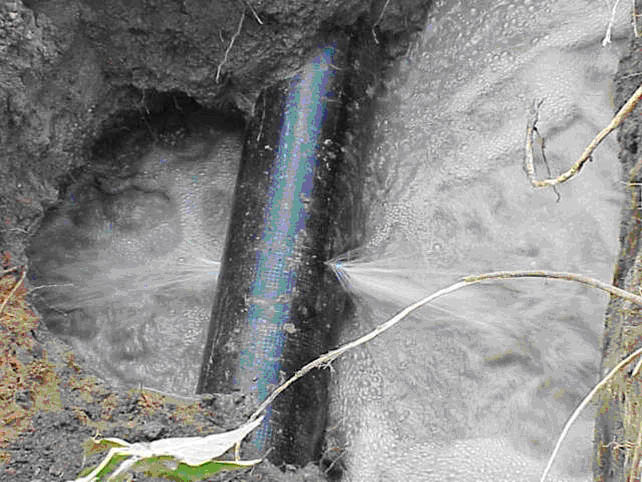The Alliance for Water Efficiency tracks state-level laws on fixture standards, and it offers as a free resource the excel matrix below with more information on state-level fixture laws. The matrix includes information such as a link to the state law, the date the law was passed and when it became effective, the state standard for six types of fixtures, and how the standards required in a given state compare to the federal code and the WaterSense specification for each fixture.
Download AWE State Fixture Standards Matrix
WaterSense flow rate specifications are recommended by AWE for every state; flow rates within the California Appliance Efficiency Regulations may be a viable option for states with significant water supply stress. AWE’s policy position on state- and province-level adoption of plumbing fixture water efficiency flow rates can be found here, which includes more background and information on AWE’s recommendations.
In AWE's 2022 State Policy Scorecard, an emphasis was placed on water efficiency requirements for toilets, showerheads, and urinals, which present some of the greatest water savings potential. Here is the map from the Scorecard Executive Summary:



